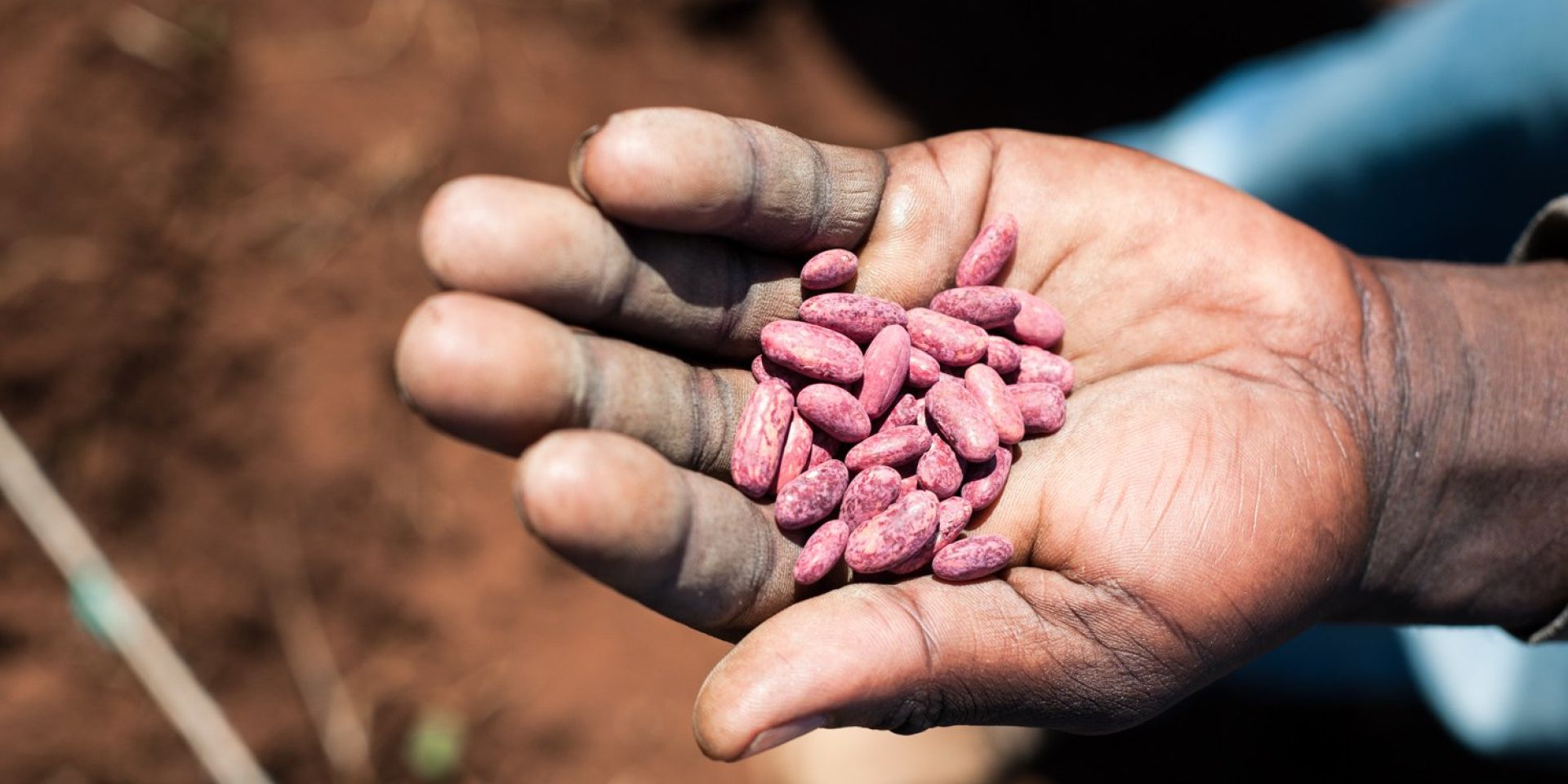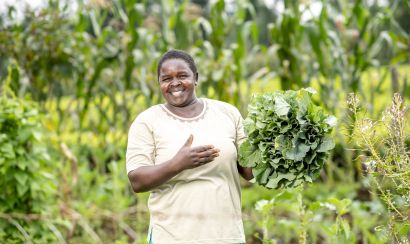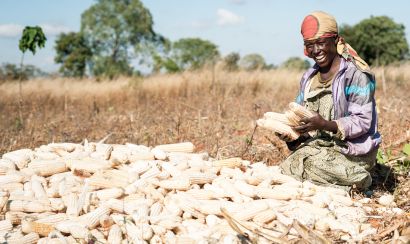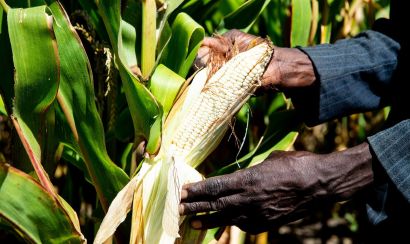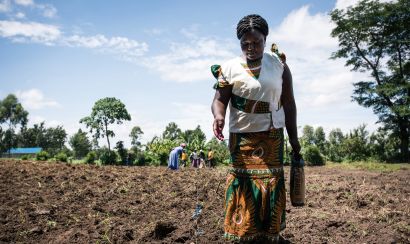10 Things You Need to Know About Pulses
An Overlooked But Key Part of Our Diet
What’s brown and orange and black and spotted and green all over? If you’re having trouble guessing the answer, think about a common alternative to animal protein. Still stumped? Then check out the UN Food and Agriculture Organization’s chosen theme for 2016 (it’s the International Year of Pulses!)
Pulses are a subgroup of the legume family, but the term “pulse” refers only to the dried seed. Dried beans, lentils and peas are the most commonly known and consumed types of pulses. The United Nations designated 2016 the International Year of Pulses in recognition of this critical, yet often overlooked crop. Pulses come in all shapes, sizes, and colors, and there are hundreds of varieties grown throughout the world. This diversity and adaptability makes pulses a critical tool in efforts to mitigate the effects of climate change and bolster the resilience of food systems worldwide.
Pulses contain high levels of protein and essential nutrients such as fiber, folate, calcium, iron, and vitamin C. This means they’re excellent for human health (particularly pregnant mothers), but pulses are also good for soil health. The ability of pulses to fix nitrogen boosts the productivity of farmland long term. Many pulses promote higher rates of accumulation of soil carbon than cereals or grasses, and have been used by farmers in intercropping for centuries.
Smallholder farmers in particular stand to gain from the nutritional and environmental benefits of pulses. In developing countries, pulses make up 75 percent of the average diet, compared to 25 percent in industrialized countries. They are an affordable alternative to animal protein, and can be found in dishes like falafel, daal, chili, and even baked beans. Pulses can be stored for months on end without losing their high nutritional value. This trait is particularly valuable for smallholder farmers who depend on the food they store between harvests
All About Pulses
More fun facts about this resilient super food:
- The word pulse originates directly from the Latin puls meaning "thick gruel, porridge, mush.”
- Humans have relied on pulses for centuries. Archaeological remains found in modern day Turkey indicate that farmers grew chickpeas and lentils as far back as 7000 - 8000 B.C.
- The most widely cultivated pulses in Africa include common beans, pigeon pea, cowpea, groundnuts, chickpea and soybean.
- It takes just 43 gallons of water to produce one pound of pulses, compared with 216 for soybeans and 368 for peanuts.
- As nitrogen-fixing crops, pulses actually enrich soils rather than deplete them of nutrients during the growing process.
- Pulses help to improve food security because as dried seeds, they can be stored for a long period of time without a decrease in nutrition.
- Pulses are drought-tolerant and hardy under frost conditions, making them suitable to a wide range of environments.
- Pulses are good sources of protein, fiber, and folate as well as calcium, iron, lysine, and vitamin C.
- Pulses contribute about 10 percent of protein intake and 5 percent of energy intake in low-income countries.
- Pulses are extremely beneficial for women and children because folate is a key nutrient during periods of rapid growth, such as pregnancy and infancy.
Want to learn more about pulses? Explore #IYP2016 on Twitter, or visit the Food and Agricultural Organization’s pulse webpage.
